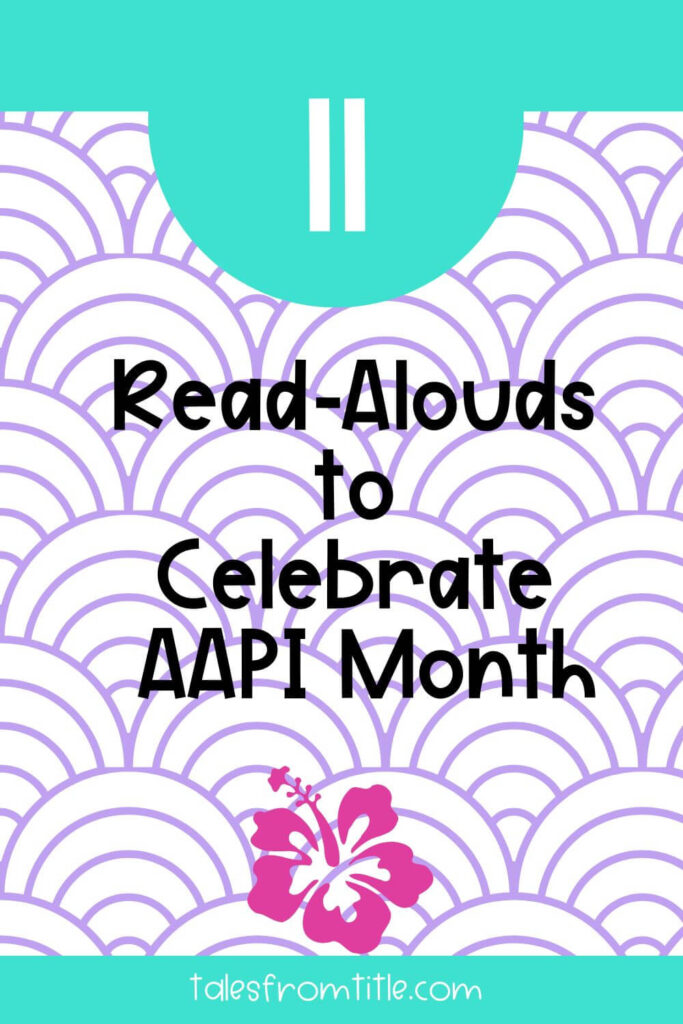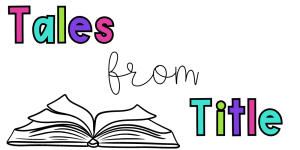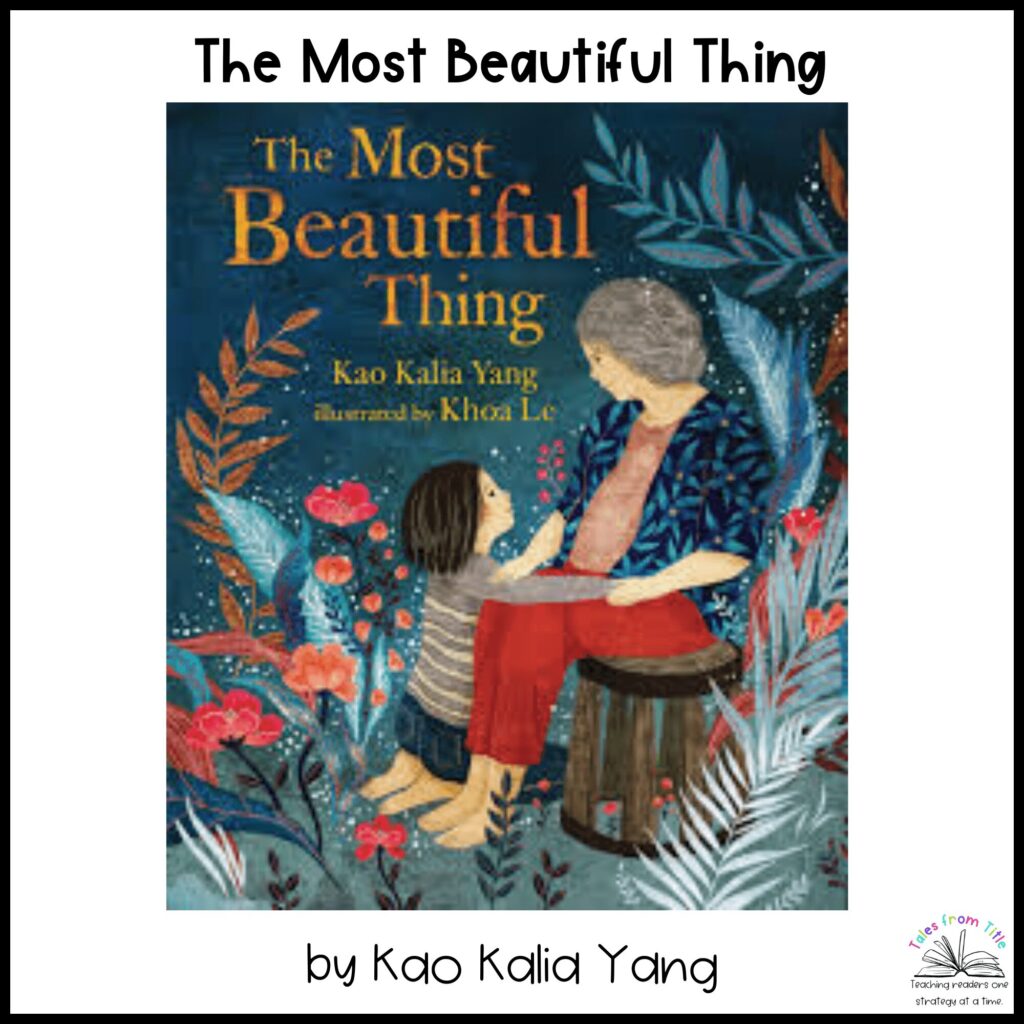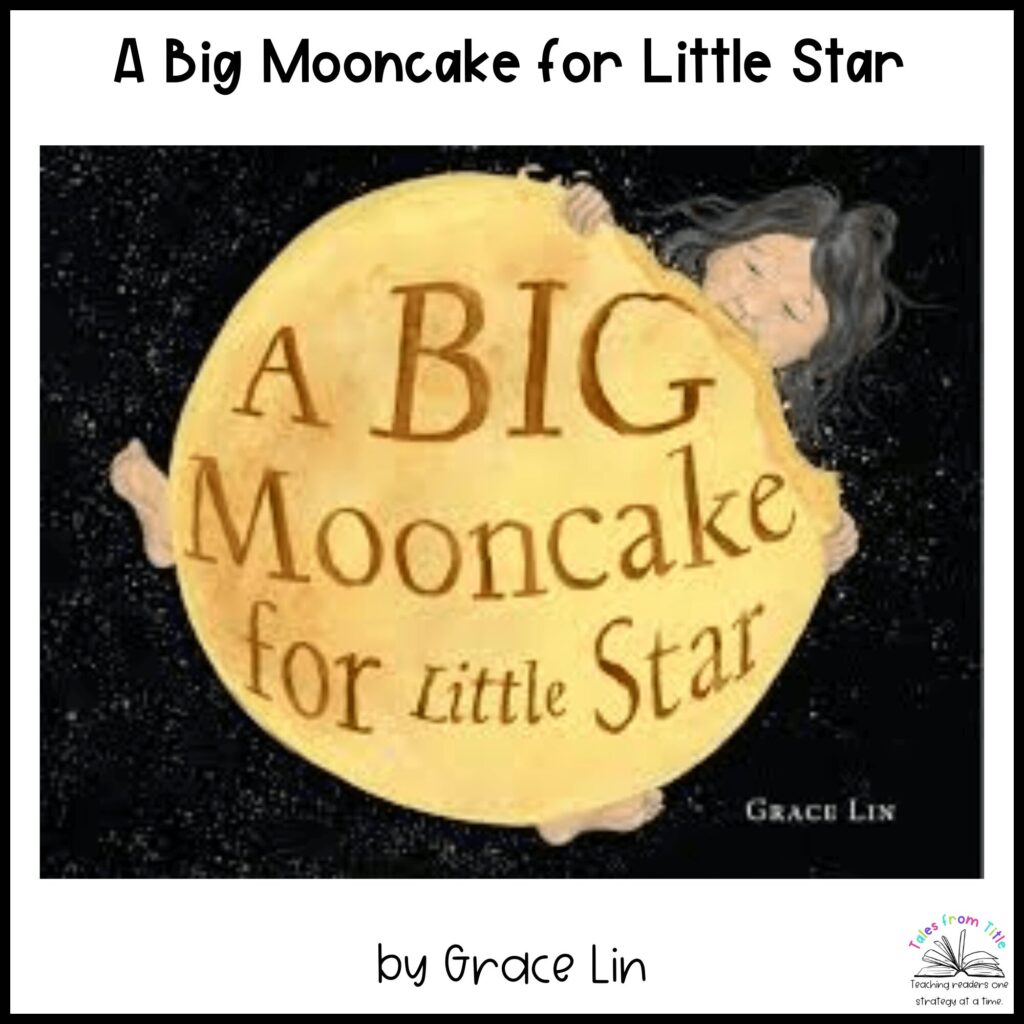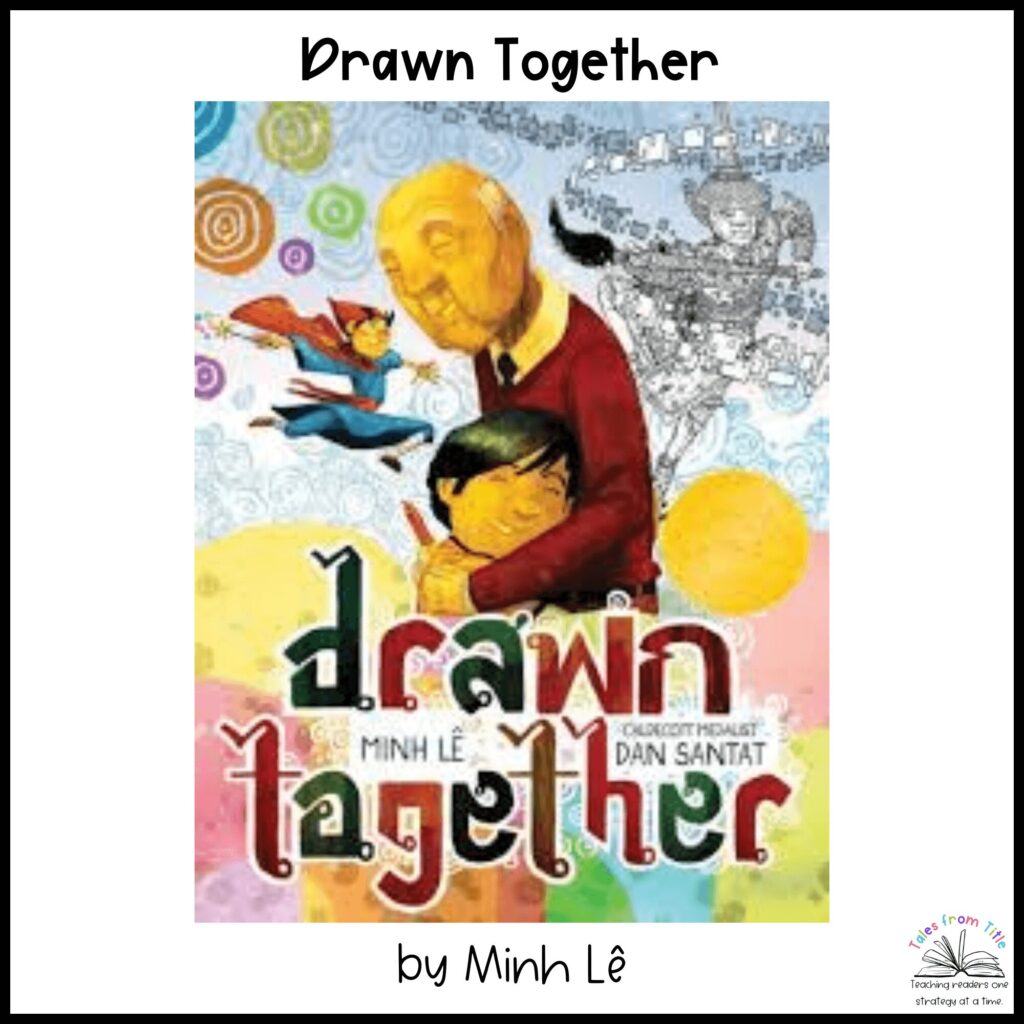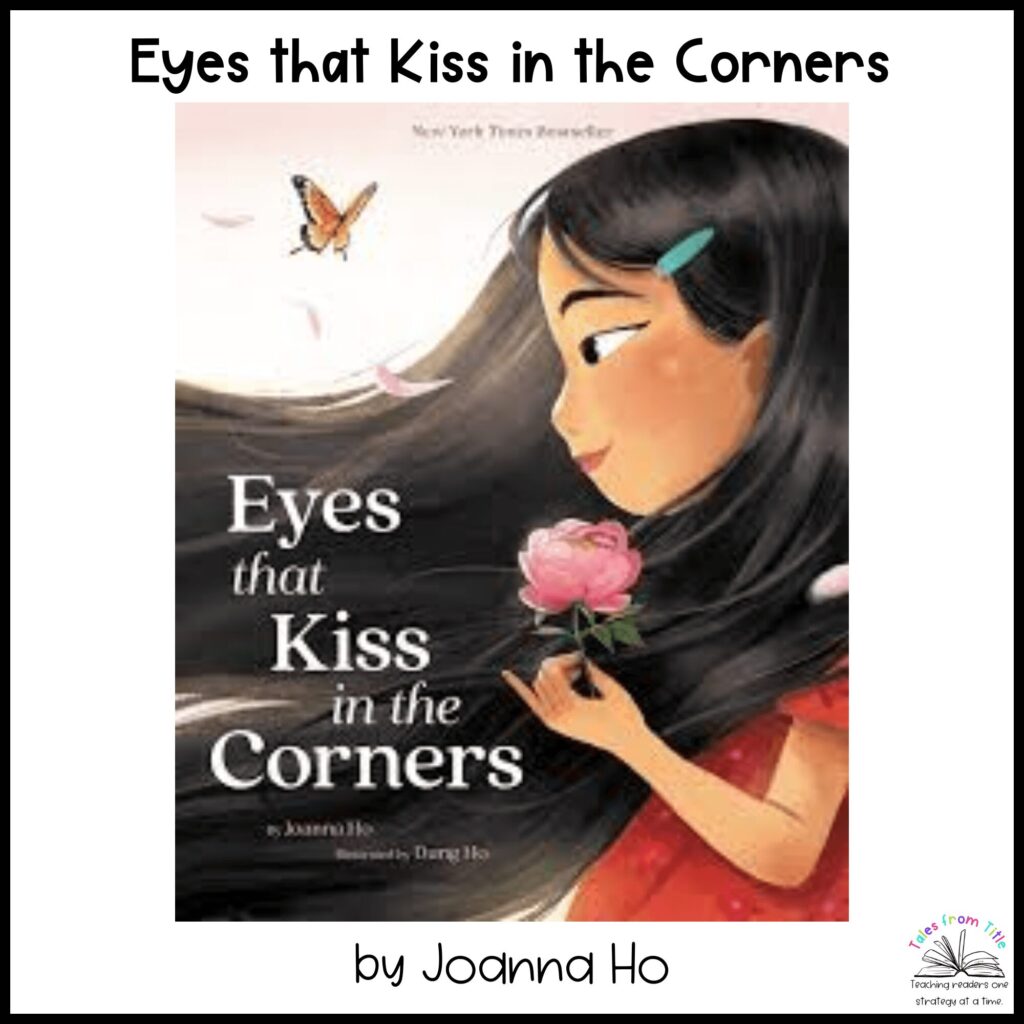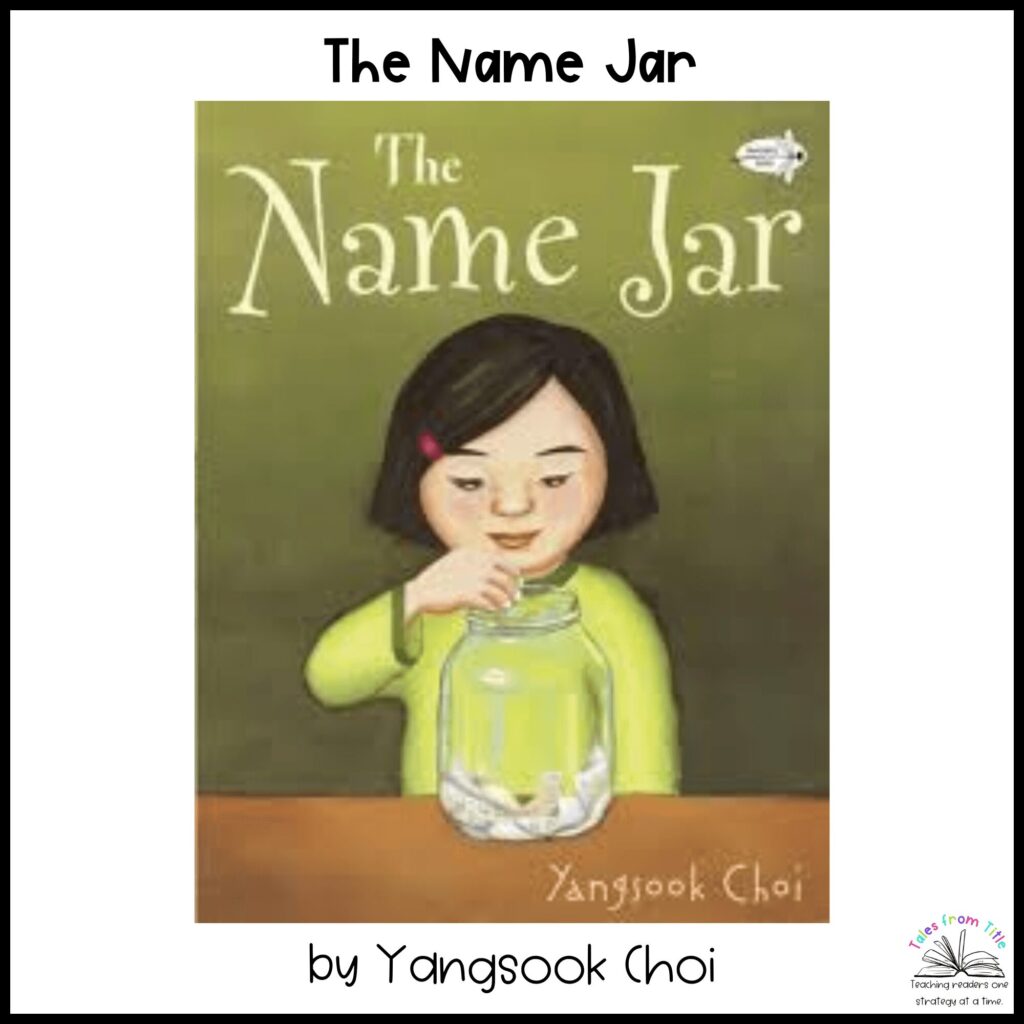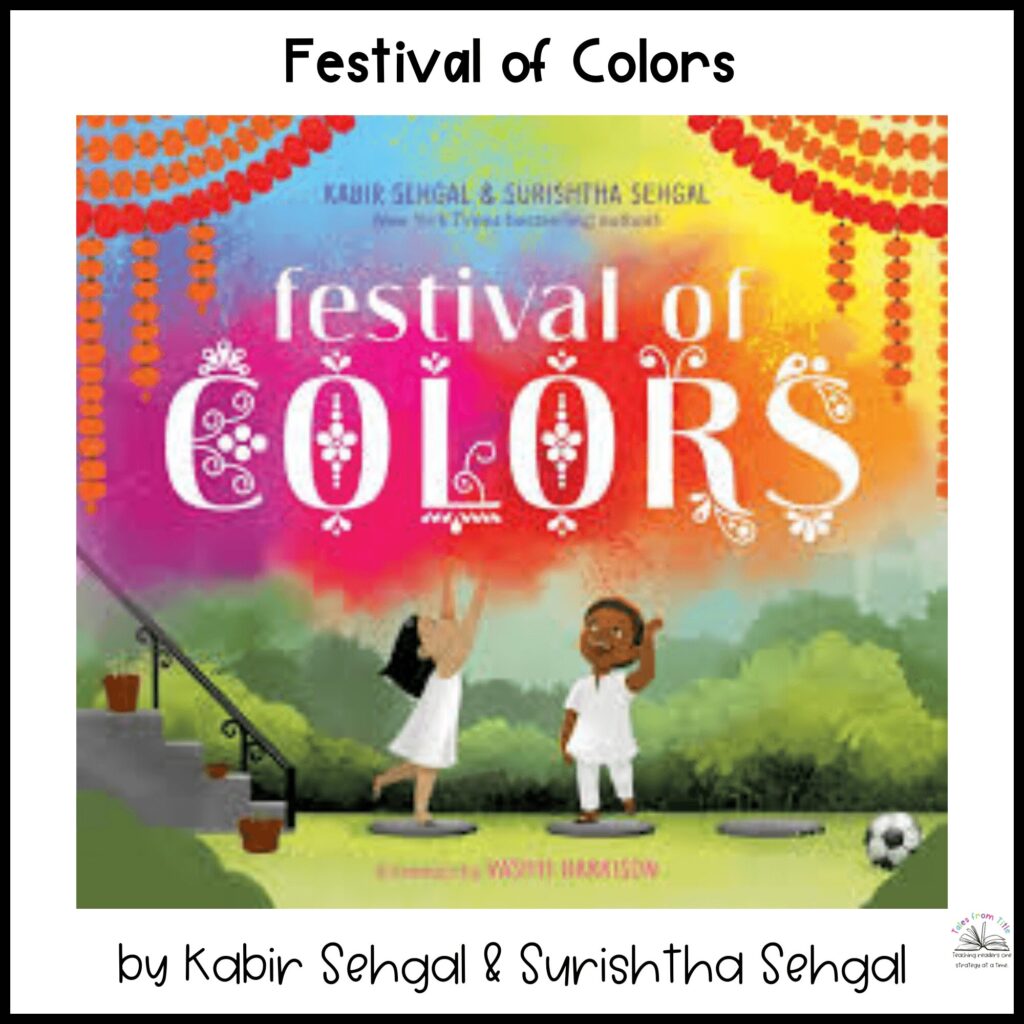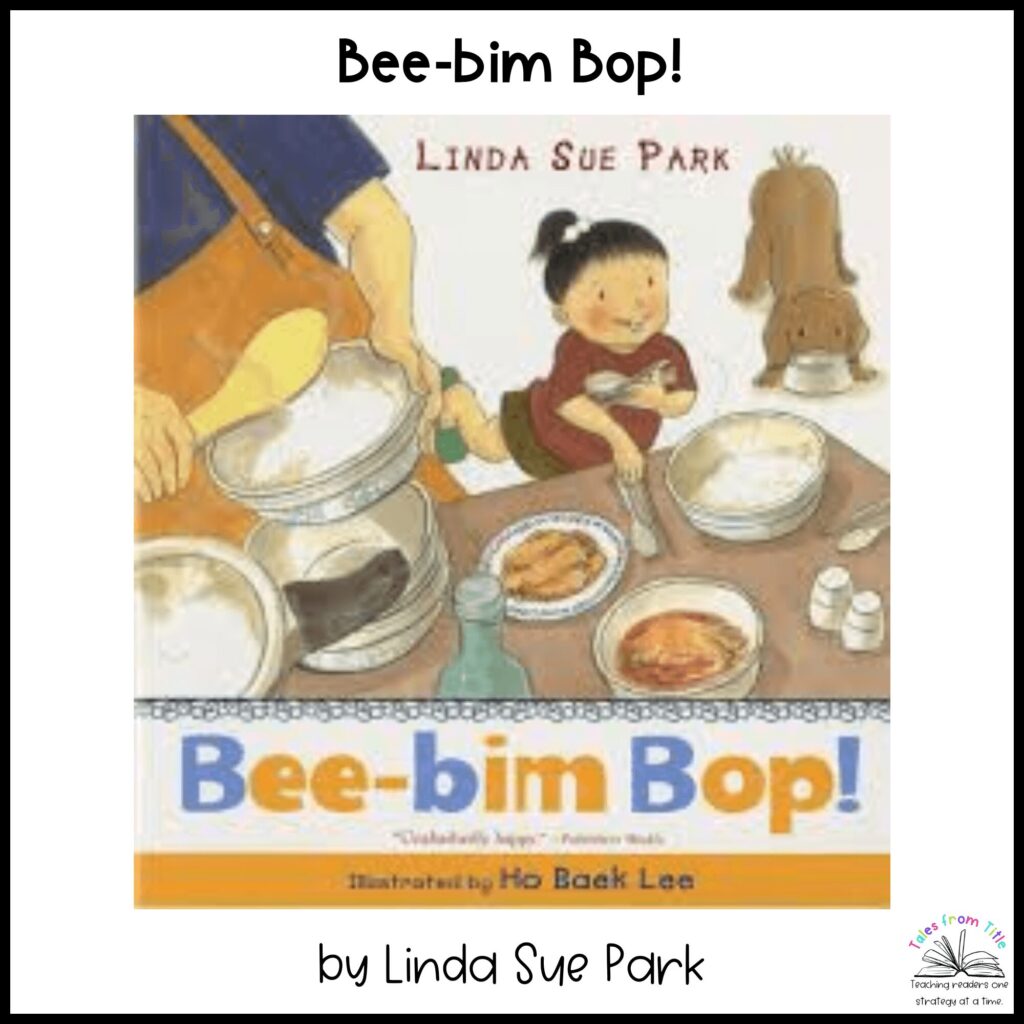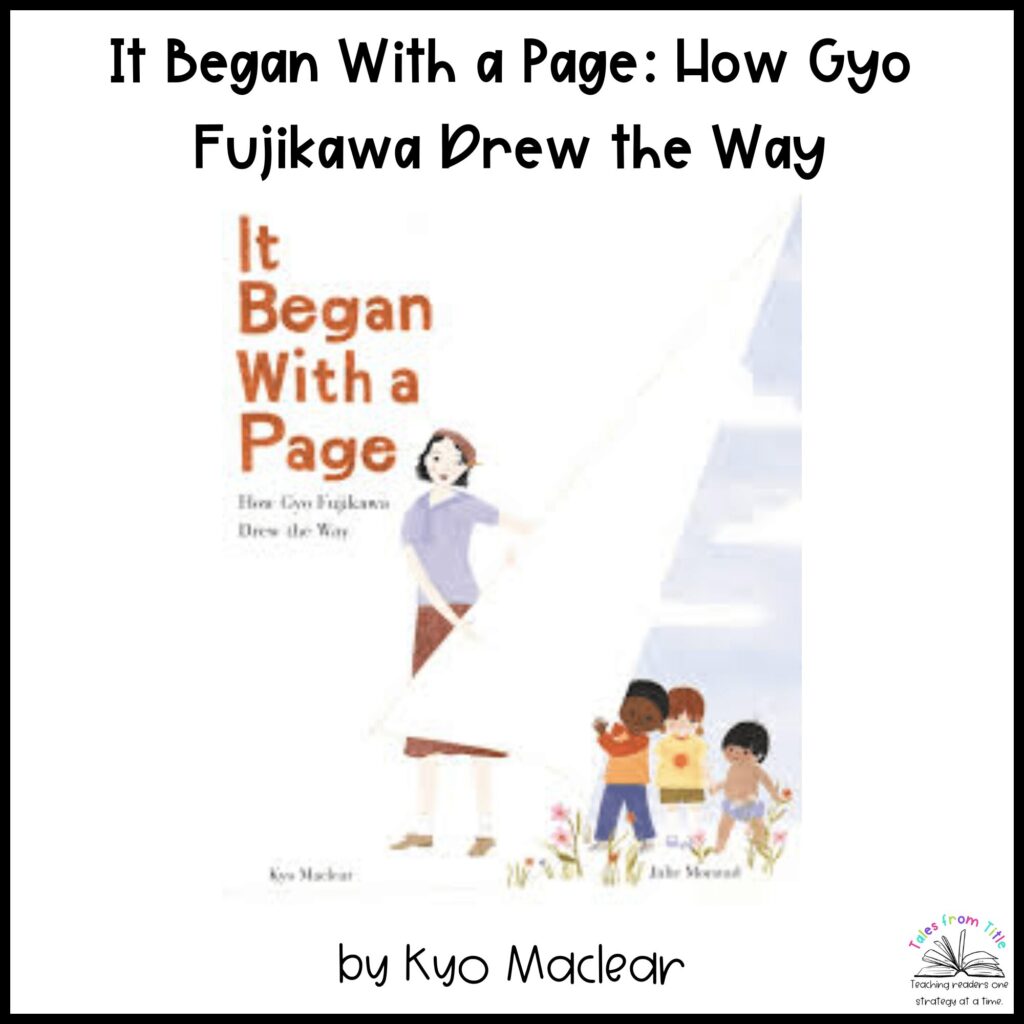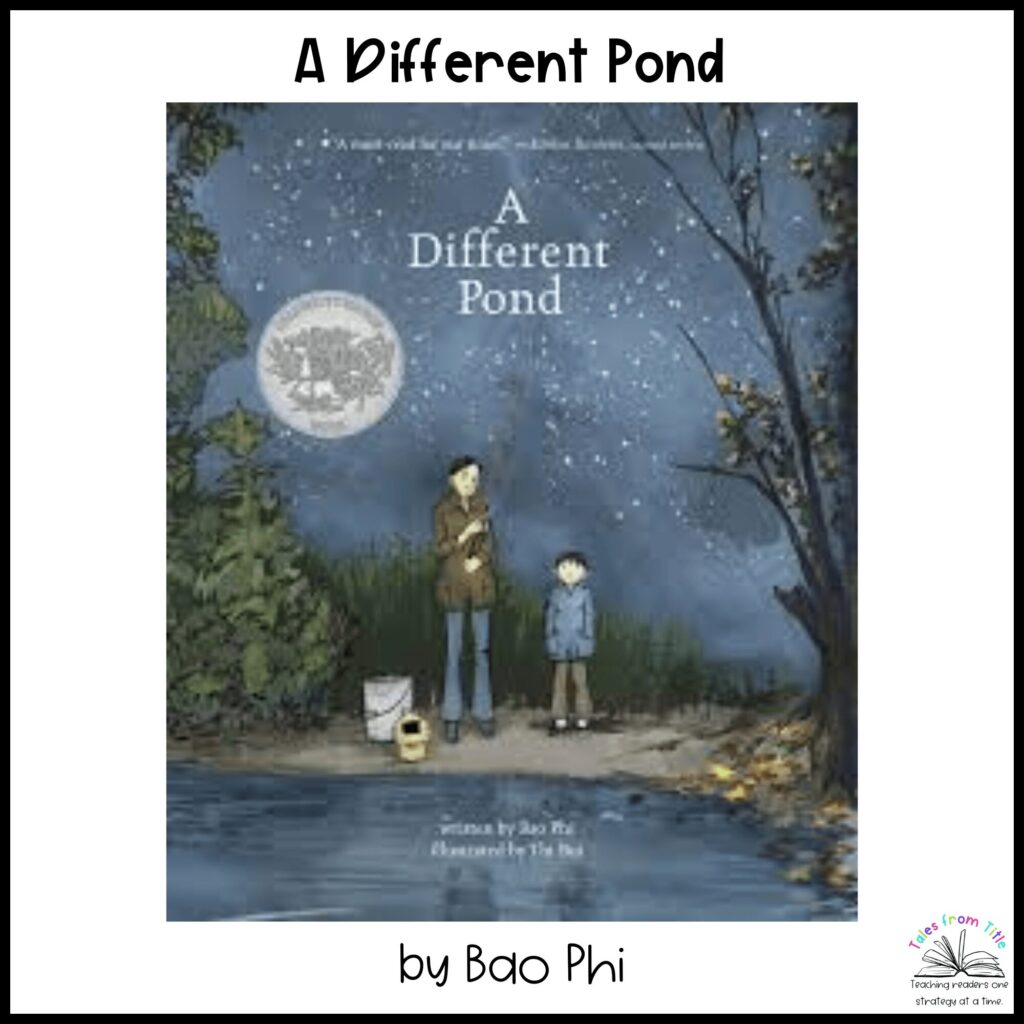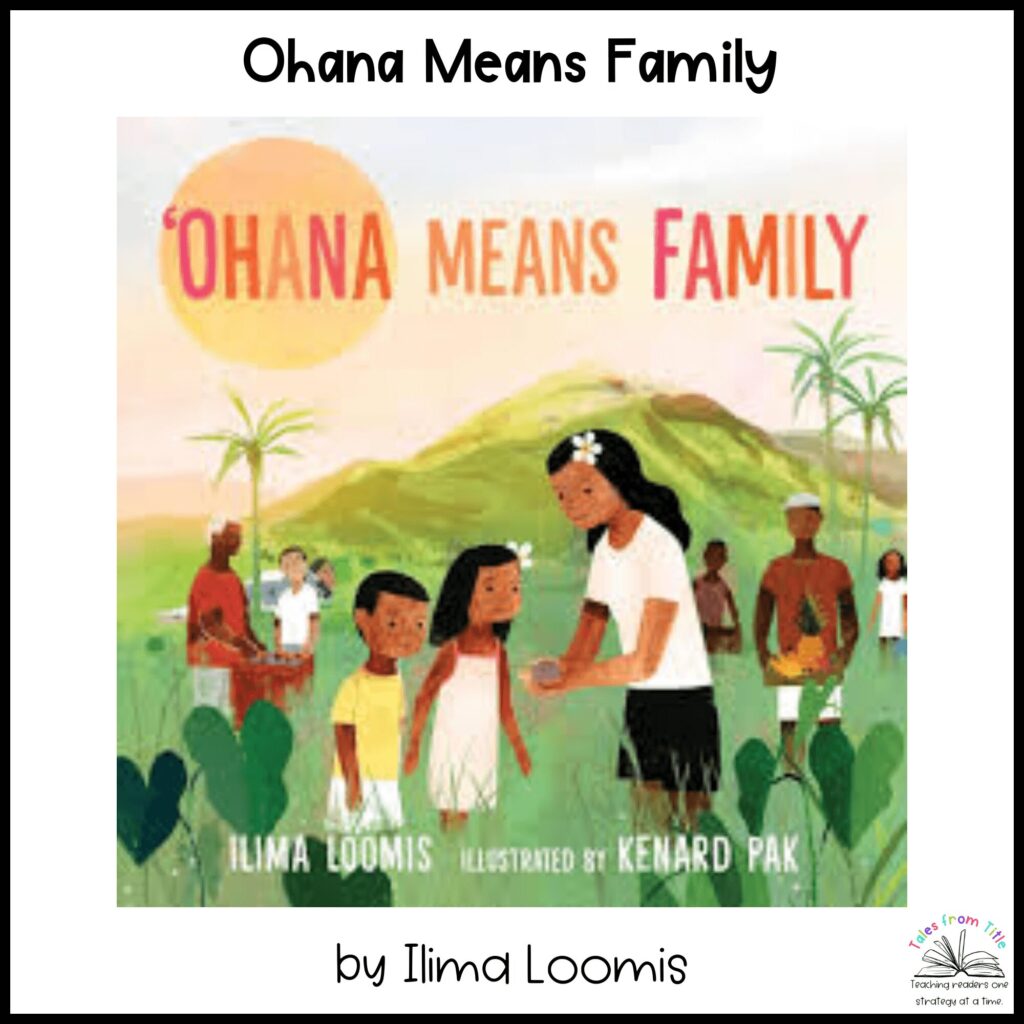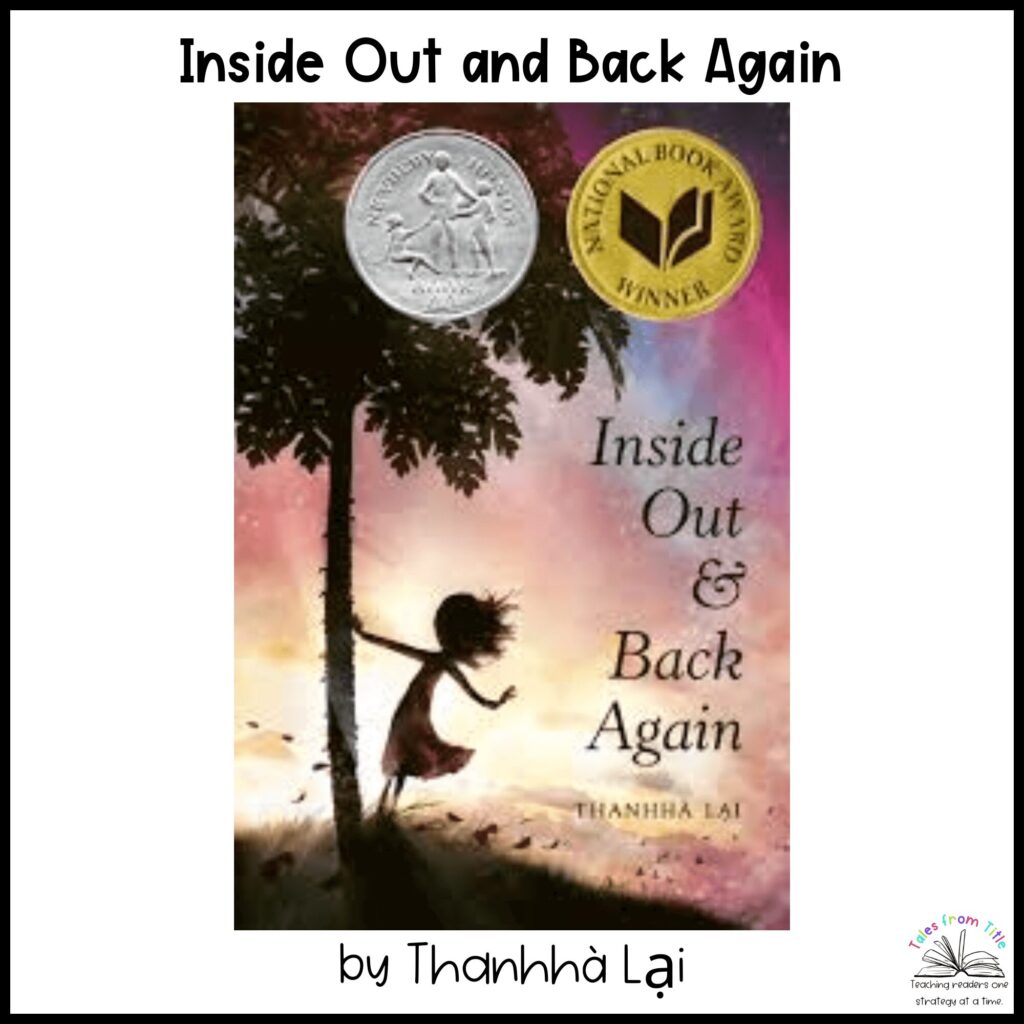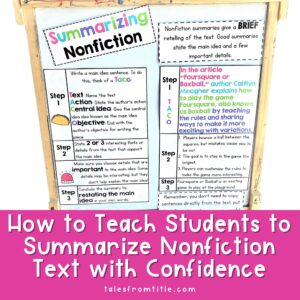If you’re a regular blog reader, you already know how much I love using read alouds to introduce students to new topics, vocabulary, and big ideas. Books have the power to spark meaningful conversations, deepen understanding, and help students see the world through someone else’s eyes. With Asian American and Pacific Islander (AAPI) Heritage Month starting today, I’m excited to share 11 thoughtful and engaging books that celebrate AAPI voices, cultures, and experiences.
As always, I’ve included Amazon links to each title, but please don’t feel like you need to buy them. Check your local or school library first! I’m not an Amazon affiliate, so I don’t earn anything from the links – they’re just there to save you time.
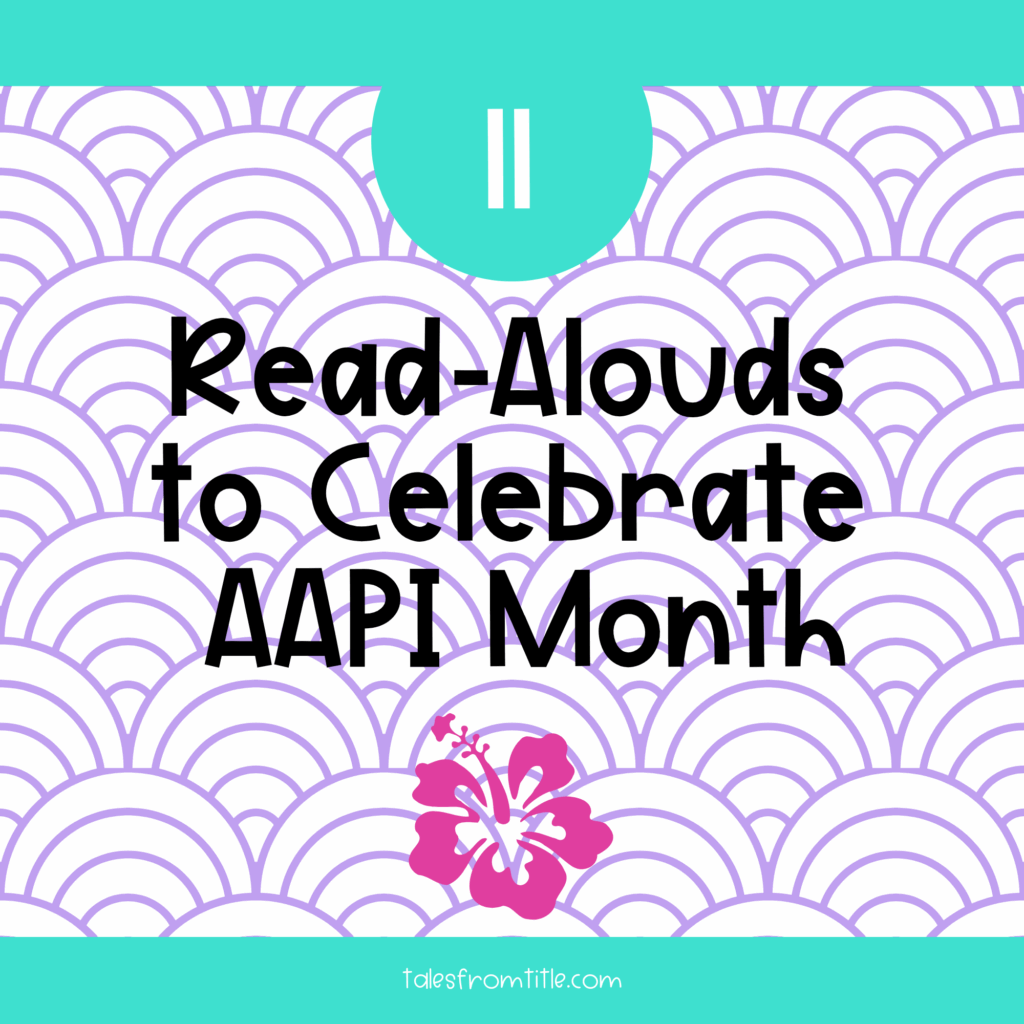
This is the story of a young girl named Kalia who comes from a poor family. Because of their financial struggles, she has to go without things like ice cream, new clothes for school, and braces. But through the stories her grandmother tells of her own childhood, Kalia begins to see what is truly beautiful in life.
Little Star loves the delicious mooncake she makes with her mama, but she’s not supposed to eat it yet! This charming story subtly introduces the phases of the moon and opens the door to learning more about the Mid-Autumn Moon Festival, mooncakes, and Chinese mythology.
Told with few words and rich, expressive illustrations, this book captures the bond between a boy and his grandfather, who struggle to communicate due to a language barrier. Through drawing and art, they find a powerful way to connect and understand one another.
This beautifully written, poetic book is about a young girl who embraces her heritage and the features passed down from her mother and grandmother. While her eyes look different from many of her peers, she finds pride and strength in their uniqueness. Fun fact: the author is an educator and administrator who’s passionate about creating equity in children’s literature.
This one was so good it made me cry. It tells the story of Unhei, a young girl who has just moved from Korea to the United States. On her first day of school, she’s teased about her name and considers choosing an American one instead. With time, and the help of a kind new friend, Unhei finds the courage to keep her Korean name. The ending is the sweetest surprise. Be sure to pre-read this one so you can pronounce Unhei’s name correctly.
This vibrant story follows two friends preparing to celebrate Holi, the Indian festival of colors. They gather and dry flowers, crush them into colorful powders, and get ready for the big day. A brief explanation of the holiday at the end adds extra context for students.
Perfect for younger students, this upbeat book has a rhythmic, sing-song quality. It follows a young girl eagerly helping her family prepare a traditional Korean dish called bee-bim bop. The book even includes a recipe and a note from the author about the dish’s significance.
This picture book biography tells the inspiring story of Gyo Fujikawa, a Japanese American artist and writer. It traces her journey from feeling out of place in a white-dominated society to becoming a trailblazer in children’s publishing. The book includes historical photos and a timeline of her life – great for cross-curricular connections.
Based on the author’s own childhood, this book captures a quiet moment between a father and son who go fishing before dawn. The story explores themes of immigration, hard work, and family love with a graphic novel type feel. A moving and beautifully illustrated book.
This story builds line by line in a rhythmic pattern reminiscent of “The House That Jack Built.” It’s all about a Hawaiian lu’au and the process of making poi. You’ll likely need to preview pronunciation before reading it aloud, but it’s a wonderful introduction to Hawaiian culture and traditions.
This short chapter book is written in verse and tells the story of Ha, a young girl forced to flee Saigon and start over in the U.S. as a refugee. The diary-style writing makes the emotional journey personal and powerful. It’s best suited for older students who can focus and follow the poetic format, but it’s a book I’ll return to again and again.
Wrapping It Up
Whether you’re celebrating AAPI Heritage Month or simply looking to diversify your classroom library, these books are an excellent place to start. They offer windows into new cultures, mirrors for students who rarely see themselves reflected in literature, and opportunities for all students to grow in empathy and understanding.
Have you read any of these with your class? Do you have a favorite AAPI book I didn’t mention? I’d love to hear your recommendations; drop them in the comments or send me a message!
